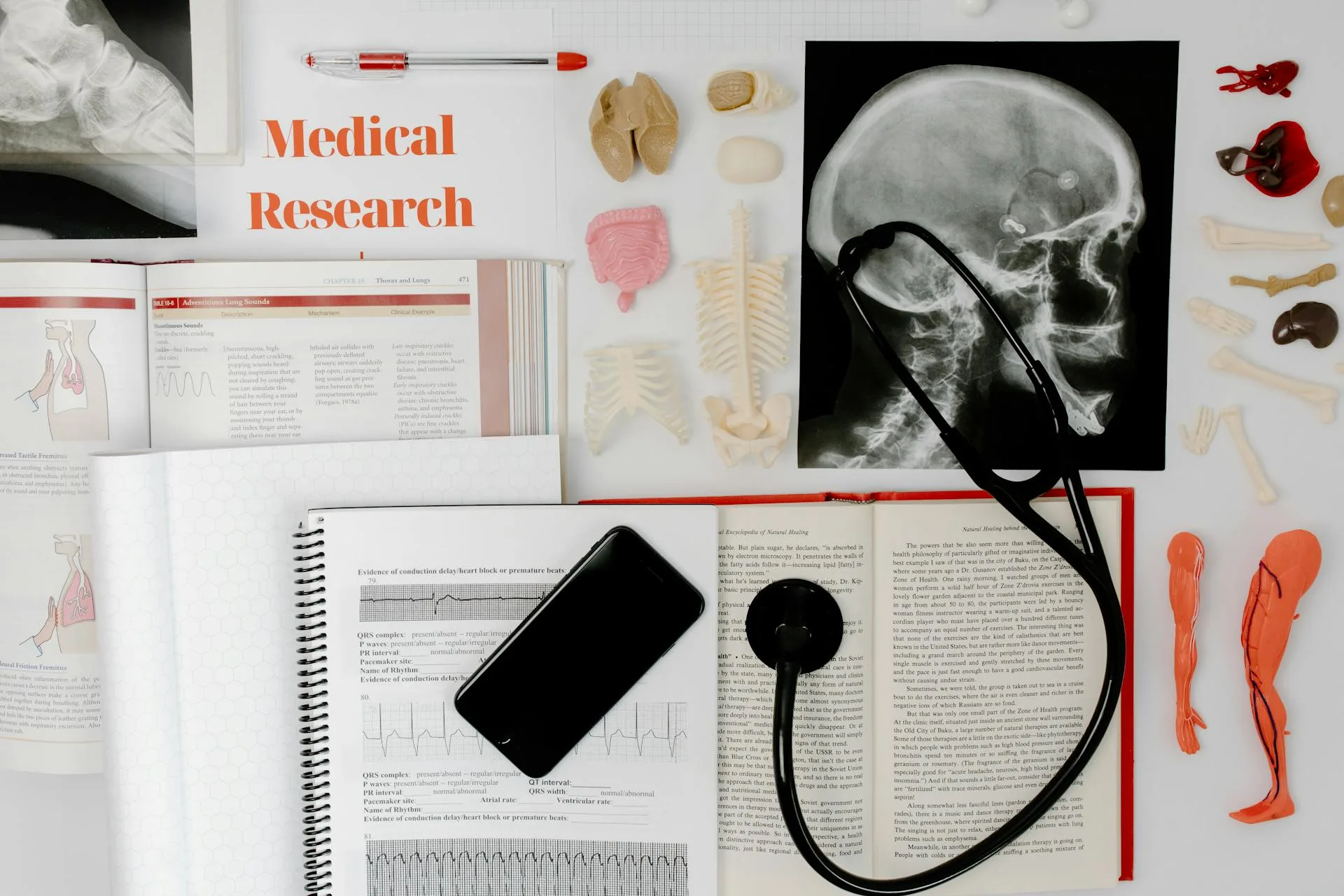In December 2021, RQM+ acquired AcKnowledge Regulatory Strategies (AcKnowledge RS), a San Diego-based firm specializing in regulatory affairs consulting for the medical device and IVD industry. The integration of this impressive team enhances the extensive RQM+ network of current and former FDA reviewers, scientists, engineers and regulatory and quality experts, and adds additional expertise with FDA submissions. The author of this post is a member of this team, which has done significant work with novel and/or high-risk devices focusing on pre-submissions, 510(k)s, IDEs, PMAs, De Novos, Breakthrough Designation Requests and Safer Technology Program Requests.
Last week, FDA’s announcement of the most recently granted De Novo Request landed in our inbox thanks to the CDRH free email alerts (don’t get these yet? sign up HERE!). We were excited to see that on October 20, 2021, FDA concluded that Luminopia One is a Class II medical device for which class II (special) controls provide reasonable assurance of the new device’s safety and effectiveness.
As part of the De Novo process for Luminopia One, FDA generated a new regulation (21 CFR 886.5500) and defined the generic name for the regulation as “digital therapy device for amblyopia”. Amblyopi-wha? Let us explain…
Amblyopia is commonly known as lazy eye, and it is a disorder in which the brain fails to process inputs from one eye. As a result, the part of the brain receiving images from the affected eye is not stimulated properly and does not develop to its full potential. If amblyopia is not detected and treated early in children, the decreased vision can become permanent.
People will often misuse the term ‘lazy eye’ when referring to an eye that crosses or turns outward, but this is actually strabismus, a neuromuscular condition where one eye is turned in a direction that is different from the other eye. While strabismus can be a cause of amblyopia, strabismus is just one of several conditions that can lead to a lazy eye and the visual centers in the brain being underdeveloped.
Amblyopia can be difficult to detect because children are often unaware that their visual experience is unlike that of others. A lazy eye is often diagnosed during a routine eye test before parents even realize there is an issue. Once detected, treatment of amblyopia depends on the condition’s cause. If there’s a problem with the amount of light entering the eye, such as a cataract blocking the pathway of light, treatment will be needed to remove the blockage. If there’s an eyesight problem such as near-sightedness, glasses may be used to correct the focus of the eye. At this point, the child is encouraged to use the affected eye, either through the use of an eye patch to cover the stronger eye, or the use of eye drops to temporarily blur the vision in the stronger eye.
The introduction of Luminopia One provides a new treatment option for children 4-7 years old with amblyopia. The device is a software-only digital therapeutic designed to be used with commercially available Head-Mounted Displays…think virtual reality goggles. Rather than having to wear an eye patch every day for years, kids watch TV and movie content that is presented to each eye differently via a kid-friendly headset. On their website, Luminopia Inc. states, “Thanks to powerful neural plasticity, this rebalancing approach strengthens visual processing, promotes weaker eye usage, and encourages both eyes to work together properly!”
We at AcKnowledge RS are particularly excited about this new device. Not only will Luminopia One be a welcome alternative for families who struggle to get their child to wear their eye patch, we anticipate patient compliance is going to be excellent! We’re pretty sure most kids will happily endure an hour of screen time every day in the name of improved eyesight! Technology for the win!
Further Reading
